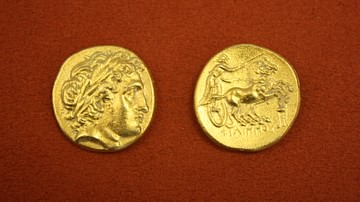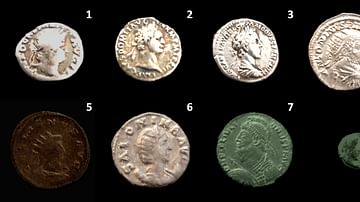Video
Cite This Work
APA Style
Institute, T. O. (2015, April 02). Monetary Networks in Graeco-Roman Antiquity. World History Encyclopedia. Retrieved from https://www.worldhistory.org/video/597/monetary-networks-in-graeco-roman-antiquity/
Chicago Style
Institute, The Oriental. "Monetary Networks in Graeco-Roman Antiquity." World History Encyclopedia. Last modified April 02, 2015. https://www.worldhistory.org/video/597/monetary-networks-in-graeco-roman-antiquity/.
MLA Style
Institute, The Oriental. "Monetary Networks in Graeco-Roman Antiquity." World History Encyclopedia. World History Encyclopedia, 02 Apr 2015. Web. 13 Apr 2025.




